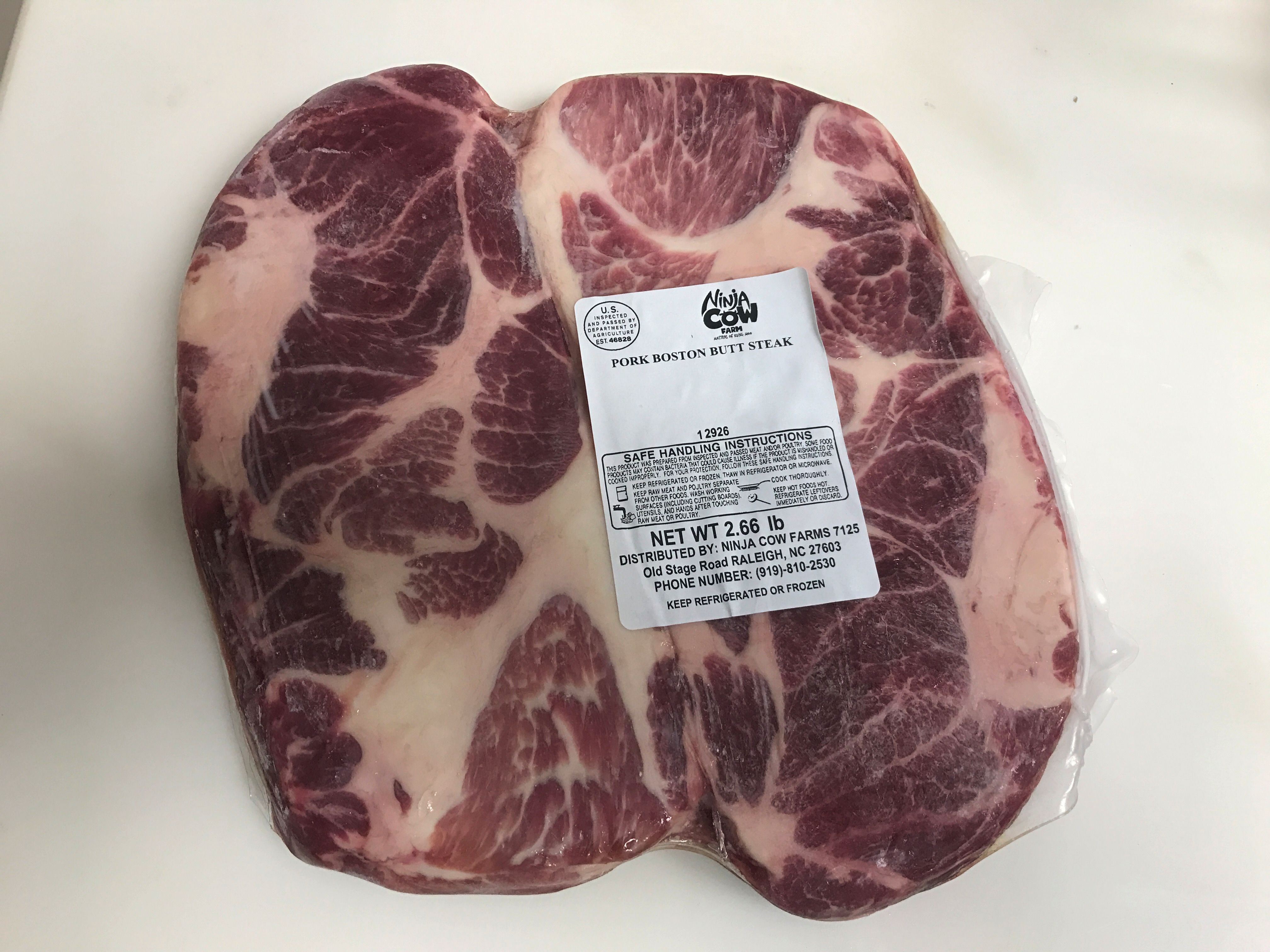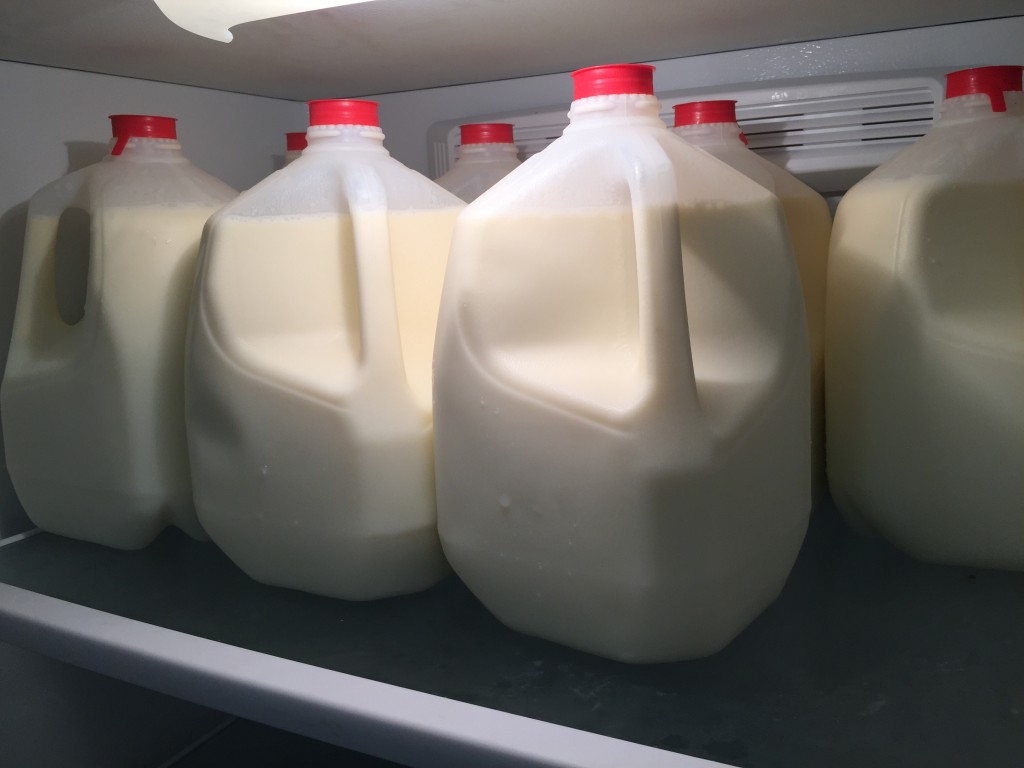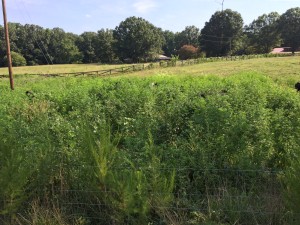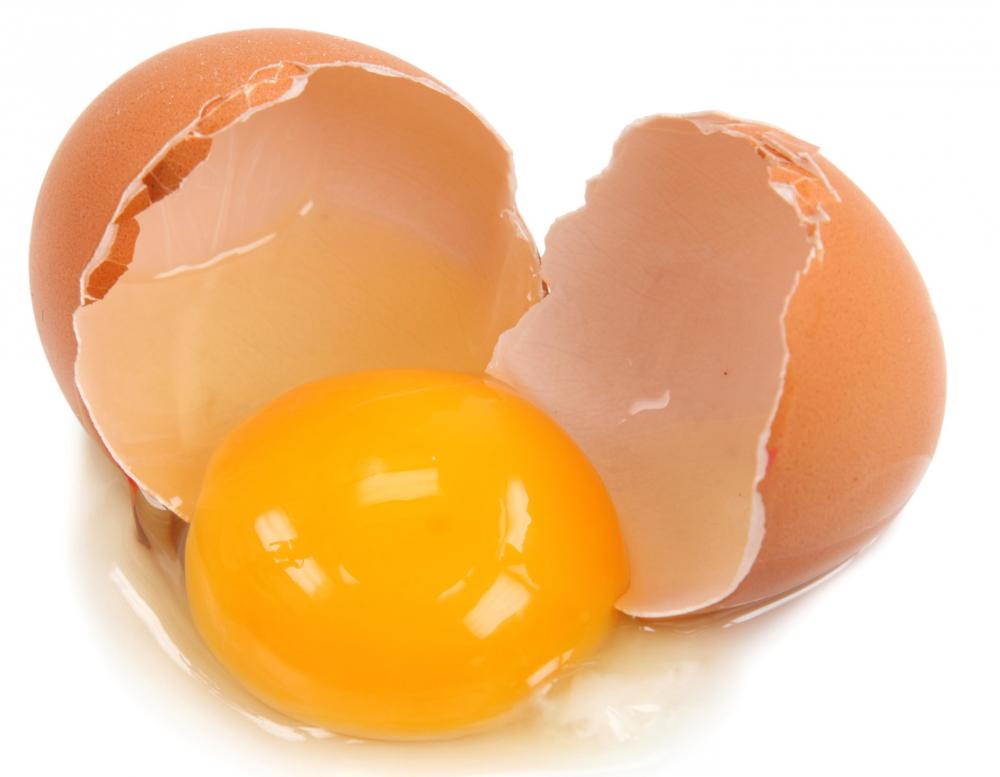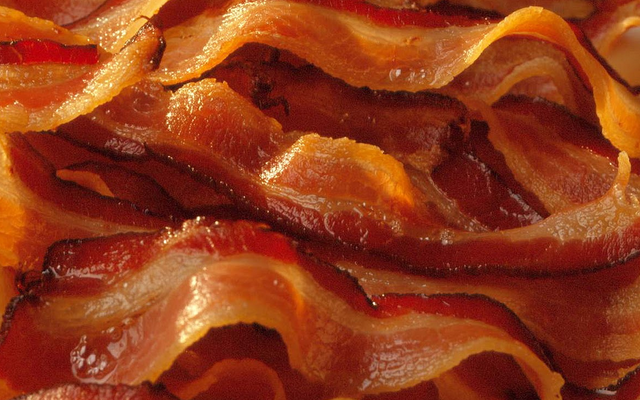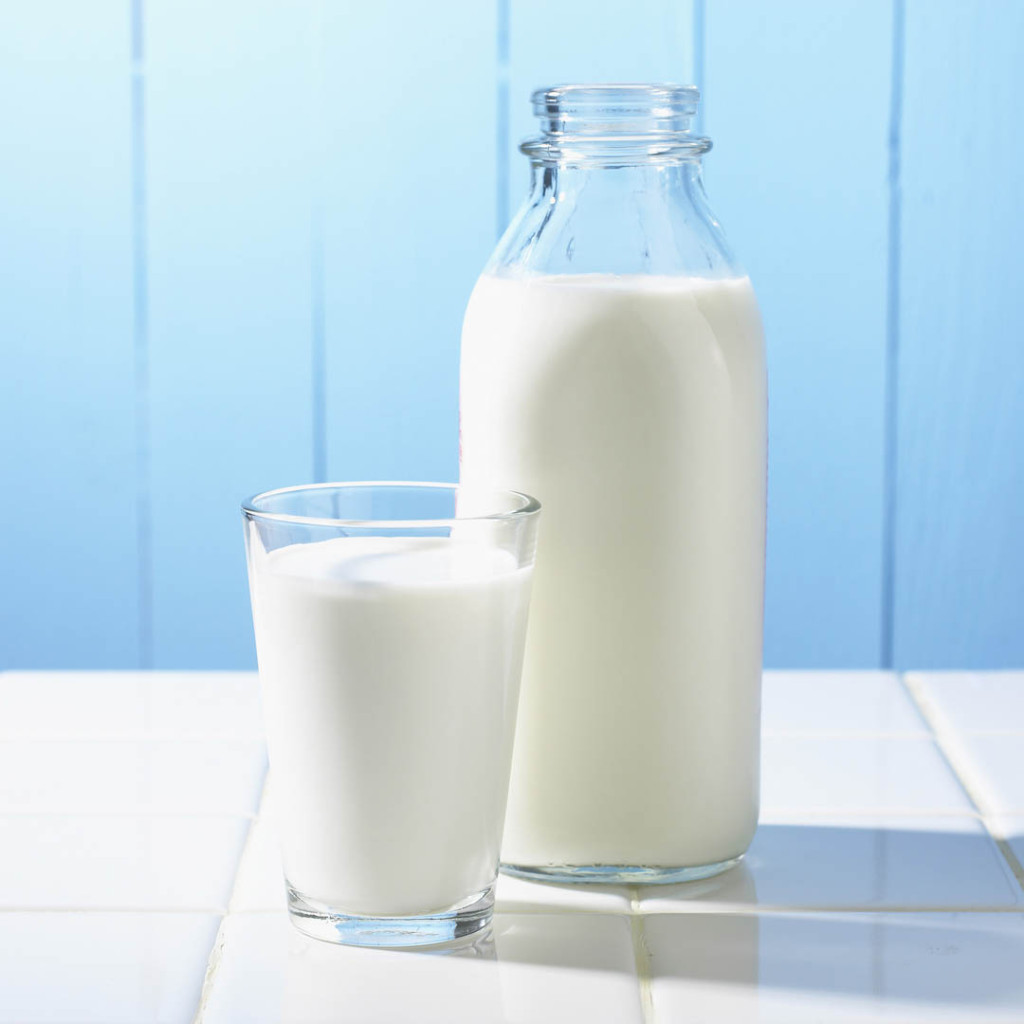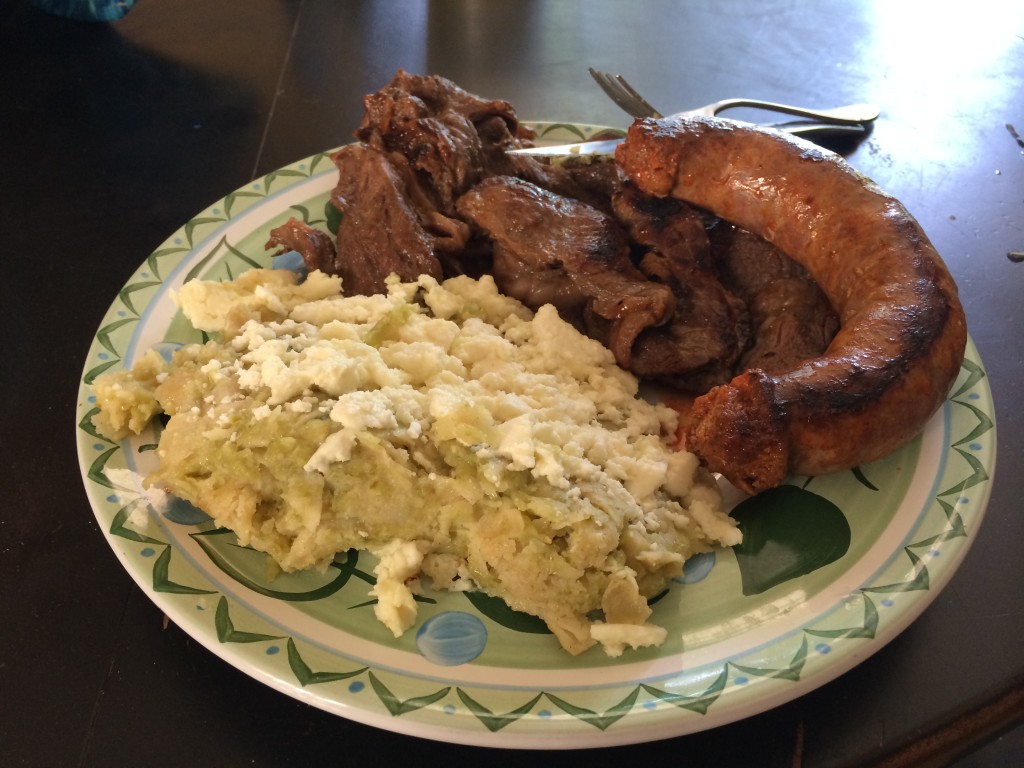Dog, cats, ferrets & Soap Crafters, what do they all have in common?
Pork!!!
Dan surprised Jeanette & I today with our special request for
Tails, Fat Back( what you use for lard), Liver, Heart , & Feet are now all in stock in .
Prices
Tails- $4.50 per pound- Not only a great for pets but also great for stews and veggies.
Fat Back $4 per pound if you want lard or to make your own soap this fat is gold.
Liver-$4 per pound liverwurst, Scrapple or liver pudding you know you want to make your own this summer to go with all those fresh garden veggies. We have a few books in the store to steal some recipes out of for these dishes
Heart- $2.99 per pound great for adventurous eaters (slice and cook like a steak) or for pets
Feet- $2.50 per pound. These are my secret ingredient to so many dishes. I smoke them then add them to beans, collards and pork bone broth. Oh yes, pork broth should be its own magical food group.
Ears-$4 per pound. Not just a great dog treat, these are also my favorite bar food. I braise these till tender (280 F in a dutch oven for 2 hours) then slice and fry.
Neck Bone-$4 per pound try a new flavor of bone broth. If you love beans this will add an extra depth of flavor to them.
Finally Raw Goats Milk ($5 per 1/2 gallon) is back in the store on Fridays and Saturdays. The supply will be limited. Please let Lucy know by Monday if you need an order. Several of the area veterinarians in the area have suggested this for orphaned pets or pets going through medical issues such as Chemo or on raw food diets. Please check with your own veterinarians to see if this is right for you.
,
